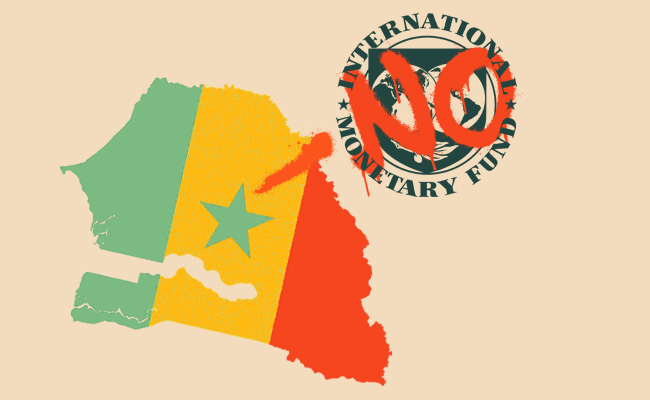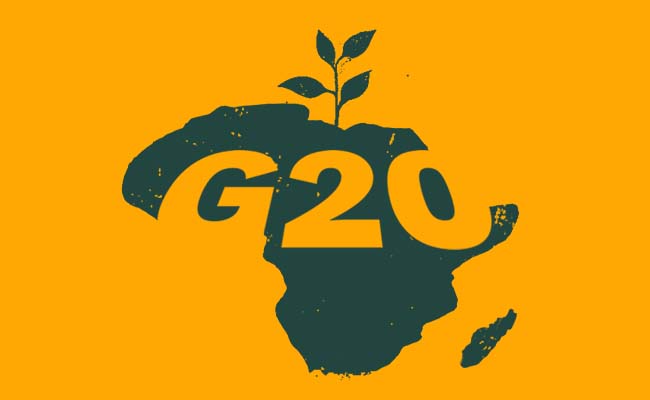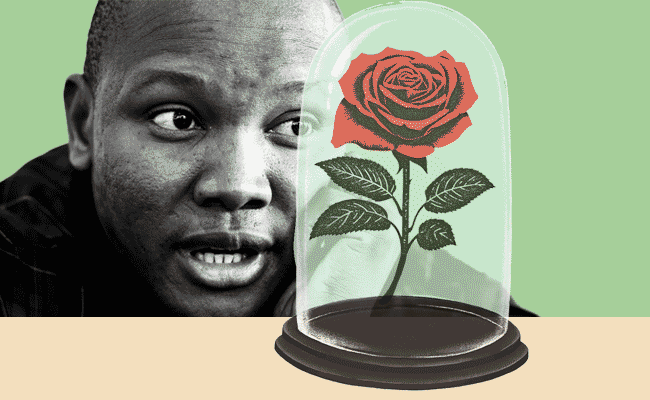What does the current bizarre standoff between the International Monetary Fund (IMF) and Senegal say about the tortuous relationship between the world’s lender of last resort and its most recalcitrant beneficiary, continental Africa? The short answer is a lot … and not much.
It has to be said, what has happened with Senegal’s relationship with the IMF over the past year is almost unprecedented. The country’s new government uncovered hidden/misreported debt of more than $11bn, which had the effect of lifting the debt-to-GDP ratio to 130%.
The IMF suspended its previous $1.8bn programme after this discovery, but it was widely assumed that once the causes were investigated and the loopholes (of which there were many) closed, the relationship would resume.
However, it’s just become clear that these negotiations were much tricker than anticipated, partly because the IMF wanted Senegal to restructure its debt. Senegal’s government, led by new-ish Prime Minister Ousmane Sonko, has publicly resisted the idea of restructuring, calling it a “disgrace”. Sonko’s politics has always had a streak of self-reliance and independence; as a candidate he called for Senegal to replace the CFA franc with a domestic currency.
It’s now become clear that the parties were unable to agree, and the previous $1.8bn programme remains frozen. The IMF says the mission is “completed” or, to put it another way, it is done and dusted – though publicly it claims an agreement must be reached quickly.
As a consequence, Senegal’s euro-denominated 2028 bond has suddenly dropped about 10% and its dollar-denominated bond fell about 8%.
Sonko’s view is that it will be possible for the country to stabilise the debt using its own resources, and that will help the country achieve financial sovereignty. “Senegal is a proud nation. We will not be treated like a failed state. We will meet our obligations with our own means,” he said at a public rally.
But when the borrower gets in deep trouble, the situation on the ground is precisely the opposite: the leverage shifts strongly towards the lender, and the relationship becomes asymmetric.
This situation mirrors that of many African states with high debt: they are forced to accept oversight, audits and conditionality, while the state retains formal sovereignty.
A fraught relationship
The history of Africa’s relationship with the IMF has been pockmarked with governments chafing under the terms of the fund’s conditions, which are often harsh, particularly on social services.
The other similarity between them is that many African countries have comparable problems to Senegal: hidden contingent liabilities, off-balance-sheet debts, large infrastructure backlogs and opaque contracts. The IMF’s role often then becomes comparable to both a detective and a disciplinarian.
The result is a rather strange situation where the popular narrative against the IMF is intense, yet many African countries do have IMF programmes, and continue to maintain them. It’s not exactly clear – the IMF has different funds available for different problems – but probably as many as 25 of African states currently have IMF loans of one sort or another.
Two African countries that have come under the spotlight recently are Ghana and Zambia. Ghana entered into negotiations with the IMF and reached a staff-level agreement for about $3bn in December 2022, subject to debt-restructuring assurances. Zambia defaulted in 2020, engaged in multibillion-dollar debt restructuring, and the IMF remains a key interlocutor in stabilising the economy. Both countries have benefited from the IMF intervention, and are gradually working their way out of their debt problems.
The standoff between the IMF and particularly African states has travelled a long and not particularly palatable road. In the 80s and 90s, IMF programmes were largely monetarist in character. They focused on establishing “sound macroeconomic frameworks” in order to develop trade, investment and growth. That came with some harsh “medicine”, as IMF proponents characterised it, including reducing budget deficits, stabilising currency/reserves, liberalising trade/finance, privatising or reforming state enterprises, reducing inflation and improving tax revenue. The reforms were often packaged as “structural adjustment programmes”.
To say these programmes were unpopular would be to understate. The fundamental problem is that many of the programmes were designed to stabilise emergency situations.
Even so, the academic takes on “structural adjustment programmes” have been excoriating. One fairly recent example, published by the Johns Hopkins Institute for Applied Economics, asked the blunt question: how successful are IMF programmes? It came to an equally blunt answer. They aren’t.
This paper evaluated the effectiveness of IMF loan programmes from 2000 to 2010 by looking at macroeconomic indicators such as the unemployment rate, inflation, real GDP, government debt as a percentage of GDP and export value. “Our analysis shows that IMF loan programmes between 2000 and 2010 were generally unsuccessful in improving macroeconomic growth and stability in countries that sought loans,” it found.
But even the writers of this paper, Kavish Hajarnavis, Dhruv Mahajan and Hyunwoo Roh, point out that countries typically ask the IMF for loans when they are in bad economic condition. “Perhaps there is not much the IMF can really do to help. Our findings suggest that countries may have to go through the suffering to learn how to forge onward with their best economic interests in mind.”
The IMF is increasingly aware of criticism and the need to adapt. For example, there is more talk of “social protection” in IMF programmes, a sharper focus on revenue mobilisation, inequality, climate shocks and “resilience”.
A next-gen approach
It’s possible the real problem is that the IMF template treats Africa as though it were simply a reproduction of Latin American vulnerable-state dynamics, and ignores the deeper structures: fragmented markets, small scale, weak institutions, endless commodity cycles, climate vulnerability, youth bulges and political fragility.
Where IMF programmes are successful, they work in the sense that hyperinflation is avoided, reserves are shored up and creditors are reassured, as they were in Ghana and Zambia’s cases. But despite the stabilisation, debt remains high, growth remains modest and export orientation of primary goods means the countries are vulnerable to global shocks. And when that happens, African countries need another IMF programme. And meanwhile, the social dimension frays: public sector cuts, wage bill constraints and limited investment in education/health. The “development” in the broadest sense often lags.
What Africa probably needs is not only next-generation IMF programmes but also a next-generation approach, where stabilisation and transformation are merged, and where national policy space is preserved. Particularly, trade and investment frameworks should be anchored in African value-chain integration. The moral of the story should not be “do less bad”, it should be “create more good”.
Rwanda perhaps provides the best example of how this might work. It stands out as perhaps the clearest success story; the country has maintained strong programme performance with successful implementation of reforms on social safety nets, spending rationalisation and climate resilience, while achieving robust economic growth even under challenging external conditions. The country exited “fragile state” status many years ago.
On the other hand, despite following IMF advice for decades, 19 of Africa’s 35 low-income countries are in debt distress or facing high risk of debt distress.
Ultimately, IMF programmes “work” in Africa primarily for immediate crisis management, but they rarely translate into long-term prosperity. That depends on local political choice and institutional strength. The IMF can help but it should be acknowledged that these factors are mainly in the grasp of the governments concerned.
Top image: Wikimedia/Rawpixel/Currency collage.
Sign up to Currency’s weekly newsletters to receive your own bulletin of weekday news and weekend treats. Register here.














